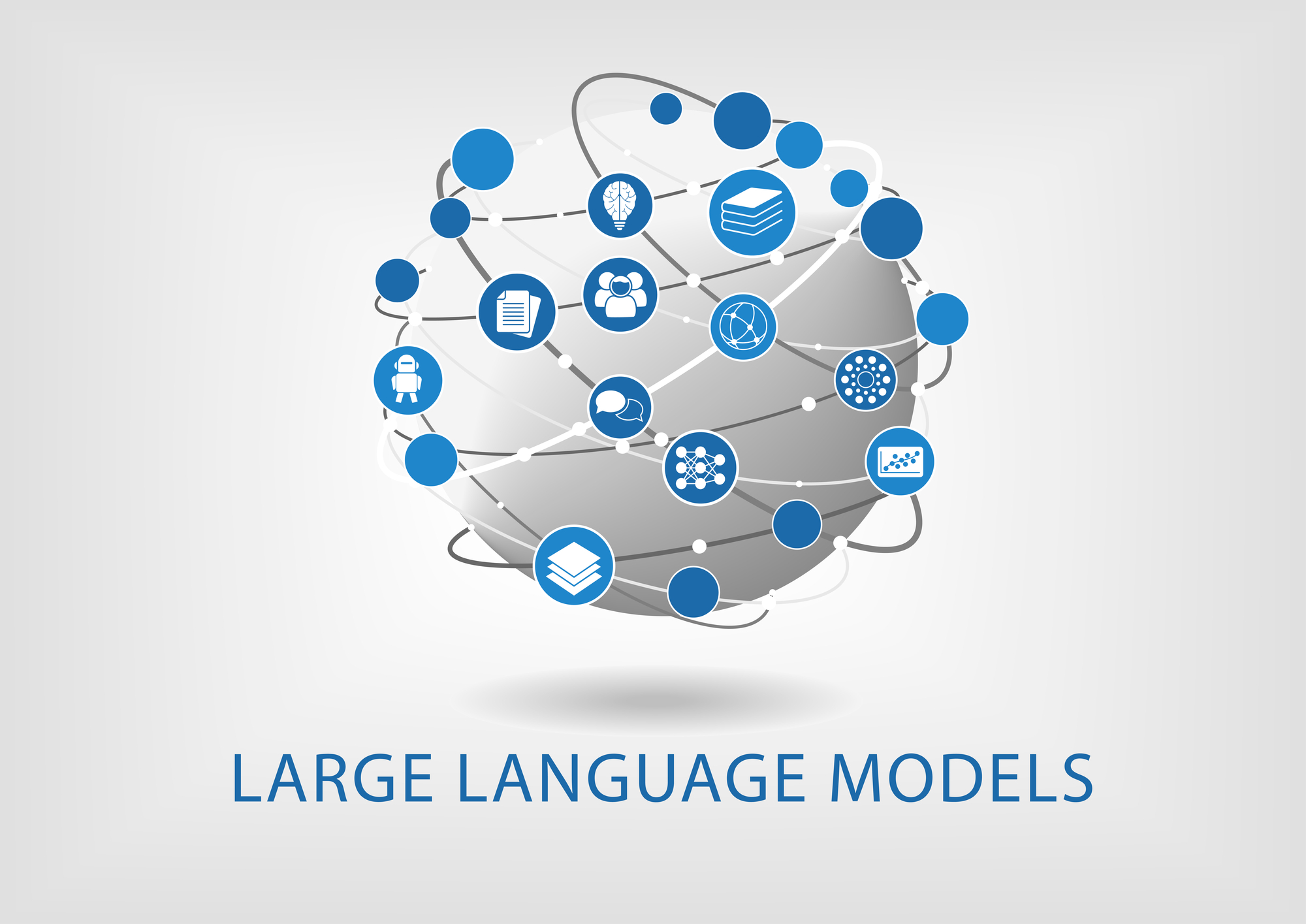
It’s becoming increasingly clear that the most successful organizations are those that prioritize future intelligence. Pioneering in the digital era requires taking a proactive and intelligent approach – this includes developing progressive strategies, implementing AI tools, and fine-tuning processes around digital transformation. With a focus on extended performance gains – not just instant results – businesses can position themselves for long-term success, rather than just reacting to immediate trends.
In today’s competitive market, it’s no longer enough to simply keep up with the latest technologies and innovations. To truly thrive, companies must be able to anticipate and prepare for the demands and opportunities of tomorrow.
This requires a deep understanding of customer needs, preferences, and behaviors, as well as the ability to forecast and adapt to the following:
- Emerging trends
- Evolving technologies
- Changing commerce landscape
- Shifting customer sentiments
- Limited audience attention
So, what are the critical factors and essential practices that will give your company a competitive edge and elevate your market position? Here are a few key insights and ideas to consider:
- Predictive Analytics: Investing in predictive analytics and data science capabilities can help you forecast customer demands and buying behaviors, allowing you to develop targeted strategies and initiatives that meet their needs.
- AI-Driven Decision Making: By leveraging AI and machine learning, you can make more informed, data-driven decisions that drive business growth and innovation.
- Customer-Centric Design: Putting the customer at the center of your digital transformation strategy is crucial. This means designing experiences and solutions that meet their evolving needs and preferences.
- Continuous Innovation: Encouraging a culture of continuous innovation and experimentation can help you stay ahead of the curve and identify new opportunities for growth and differentiation.
- Strategic Partnerships: Collaborating with other organizations, startups, and technology providers can help you access new technologies, expertise, and markets, and stay ahead of the competition.


